A staff meeting is an essential part of the life of any organization. These meetings provide an opportunity for the staff to sit together, share information, and discuss important matters which concern them and their respective units. Staff meeting template will help you make these meetings more effective.
- A Simple Guide to Conducting Staff Meetings Part 1
- Staff Meeting Agenda: Download Free Templates Part 2
- Additional Resources Part 3
- How to Dramatically Reduce Time You Spend Creating Reports Part 4
Part 1
8 Best Practices of Effective Staff Meetings
- 1. Issue a set of guidelines covering the conduct of staff meetings. These guidelines should state how and why these meetings are held, how often are they conducted, who is expected to attend, and other matters that the head deems important to include. This set of guidelines will give everyone clear expectations when staff meetings are called.
- 2. When planning the frequency of the staff meetings, try to include everyone’s input to determine the most practical and reasonable schedule. The date set for the meetings should be agreed upon by everyone so each staff member can include it on their schedules and prepare for them.
- 3. It is best to stick with the set schedule for the staff meetings unless there is an urgent matter to be discussed and an emergency meeting needs to be called. There will also be circumstances which cause the team to move the date of the staff meeting to an alternative date. In this case it is essential to inform everyone of the changes in the schedule so they can make necessary adjustments to their own schedules.
- 4. Make sure the staff meeting agenda is distributed at least a week prior to the meeting itself. This will give everyone ample time to prepare. Other meeting participants may also want to add matters to the agenda for the meeting, so it is important to ask them if they have any ideas or topics they want to include.
- 5. Try to select agenda items which are of interest to all participants. Staff meetings are called because there is a need for everyone to participate in the discussion. But when agenda topics only concern a few, the meeting will be boring for many of the participants. If the topic for discussion only affects certain staff, there is no need to call a general staff meeting.
- 6. Other staff may also want to raise some issues for discussion during the staff meeting so it is advisable to also consult everyone when deciding the agenda. When seeking the staff input, ask why the topic should be discussed. Should you decide not to include a particular topic, be ready to explain the reasons.
- 7. During the meeting, ensure that all the participants are at ease and comfortable, so that they are able to contribute to the discussion. A short ice-breaker activity may do the trick especially if the participants are from different departments or units in the organization.
- 8. Taking minutes of the meeting is extremely important. The minutes of the meeting record everything which was discussed, especially all agreements and decisions made. The organization may customize a staff meeting template to be used to record the minutes of the meeting, or the assigned staff may find and download one from the Internet. Make sure that the template used addresses the organization’s needs and seek the approval of management before using a downloaded staff meeting template. For more information about writing and preparing minutes of the meeting, check this article.
Designing an Effective Staff Meeting Agenda That Works
The meeting agenda is the soul of every meeting. A well-defined staff meeting agenda sets the tone of the meeting and determines its success.
An effective agenda sets clear expectations for the meeting and helps the participants prepare for a productive meeting. The organizers and participants must be able to gauge how intensive or how long the meeting will be from the list of subjects to be discussed.
Here are some best practices on how to effectively design a staff meeting agenda:
-
Provide a title for the agenda.
It should tell the participants what the meeting will be about and indicate the most important information such as the date, time, and venue of the meeting. At the beginning of the agenda, do not forget to include the names of the expected attendees and if there are special guests or resource speakers who will also attend the meeting.
-
Provide a brief statement about the objective of the meeting.
It should give the participants a glimpse of what the meeting will cover without going into specific agenda items.
-
Present a schedule of the essential components of the meeting.
This is, perhaps, the most important part of a meeting agenda as this will keep the group focused on the objectives of the meeting. It should also prevent the discussions from getting out of hand. For each item of the program, the time at which it should be discussed or its allocated length of time should be indicated.
-
Provide an outline of the meeting agenda topics to be discussed.
While the schedule is the core part of the meeting agenda, providing an overview of the topics for discussion will help the participants to prepare for the meeting mentally.
-
List the points as questions that the team needs to answer.
By stating it in question form, the participants will understand the purpose of the discussion. For example, consider an agenda item of simply ‘Company Anniversary.’ This is extremely vague it will leave the participants wondering what it is about the company anniversary that will be discussed. If we state it this way, “What preparations should be made for the company anniversary?” or “Who shall compose the anniversary committee?”, the participants will be able to think about it, and they will come in prepared and excited for the meeting.
The meeting agenda should be sent out to the participants at least a week to three days before the actual day of the meeting. Sending it ahead of time will ensure that the attendees will have sufficient time to prepare for the meeting.
Part 2
Staff Meeting Template: Free Download
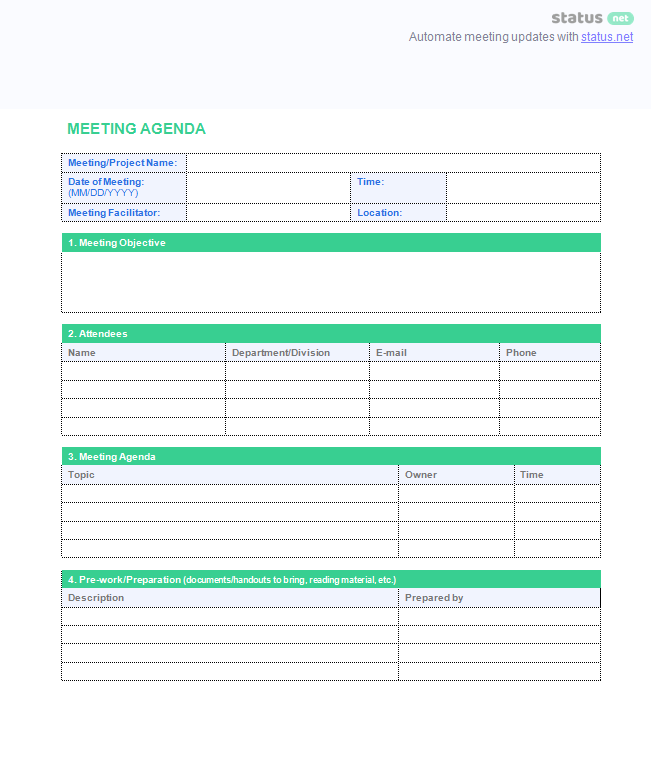
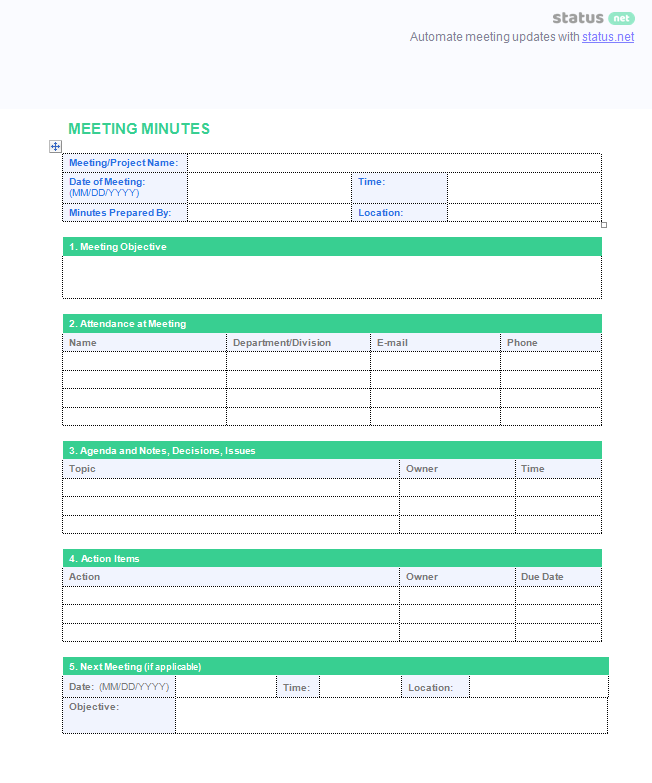
Click Here to Download Staff Meeting Agenda Template DOC
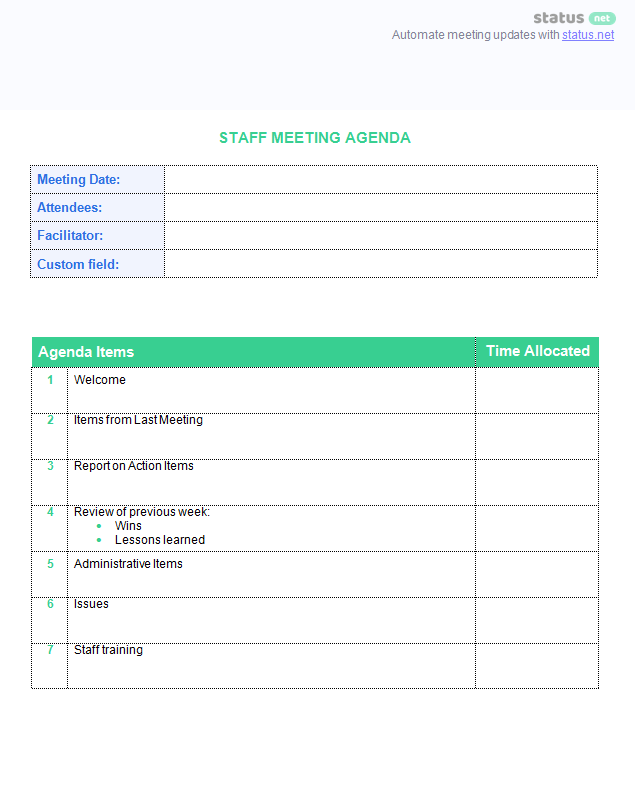
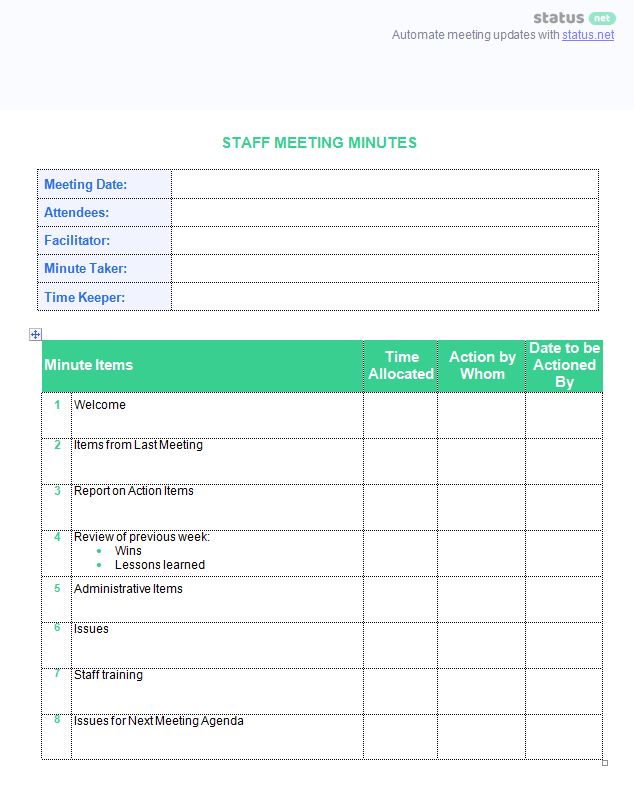
Click Here to Download Staff Meeting Agenda Template DOCX
—————————————————————————-
Templates on ProsperForms:
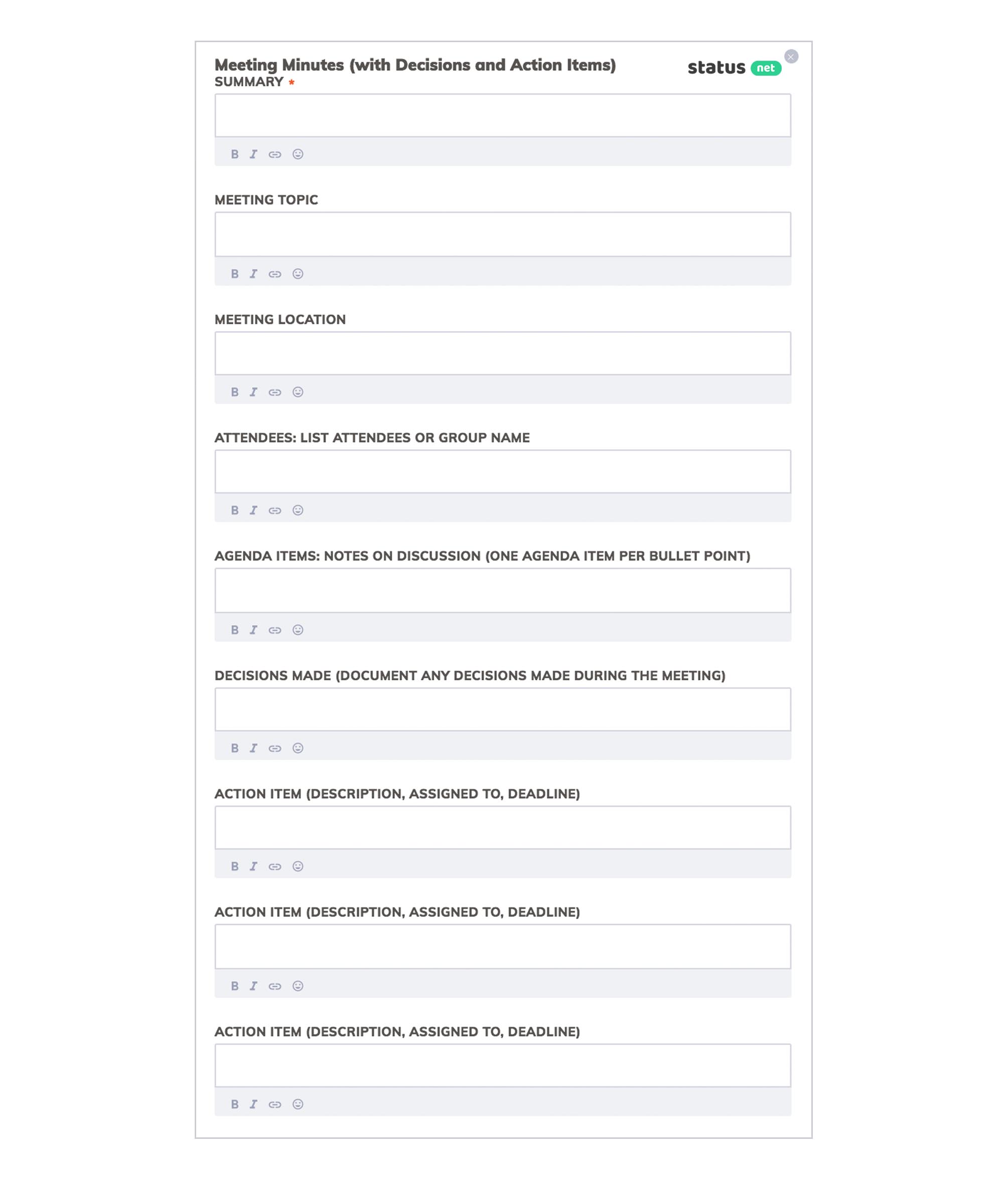
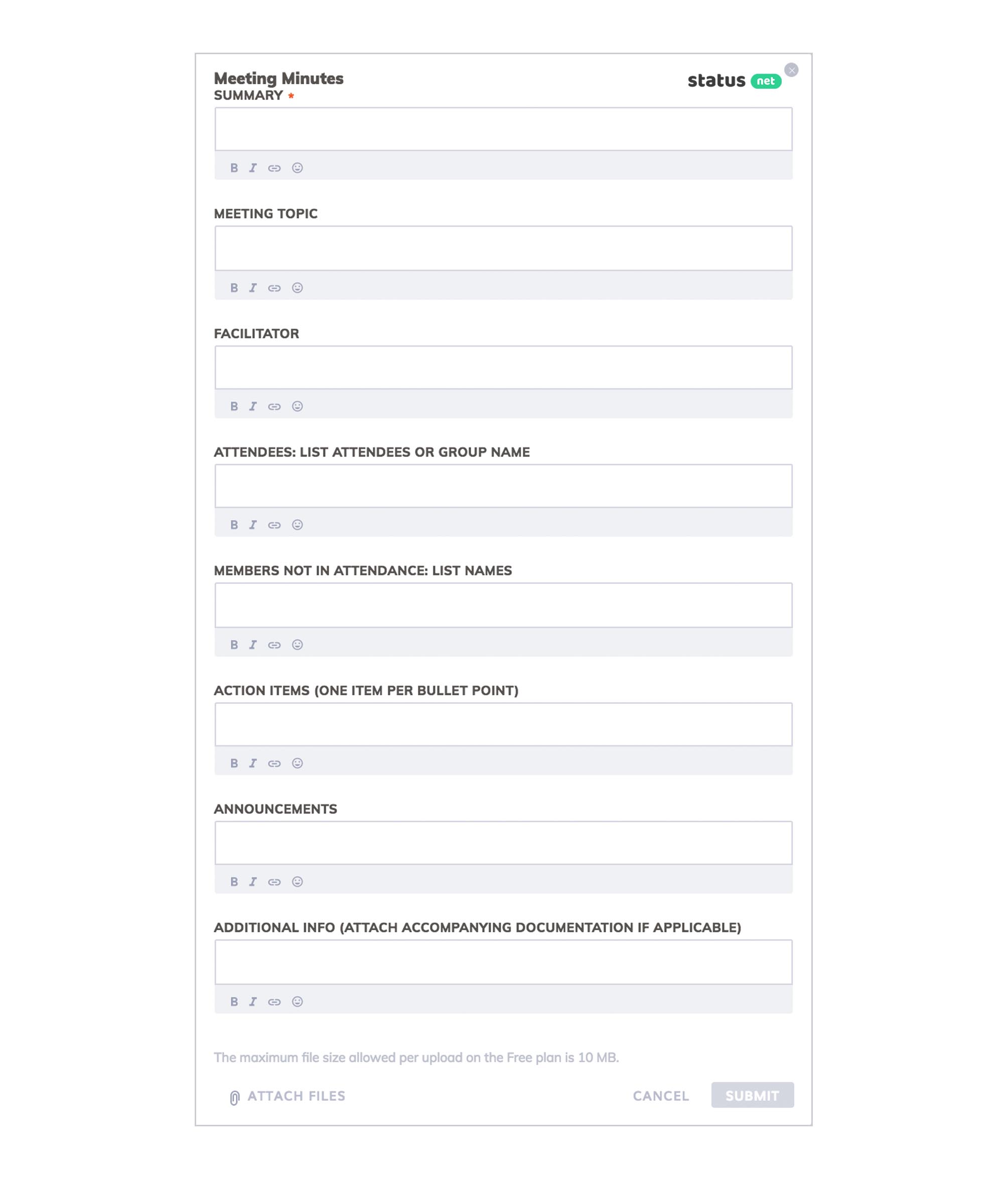
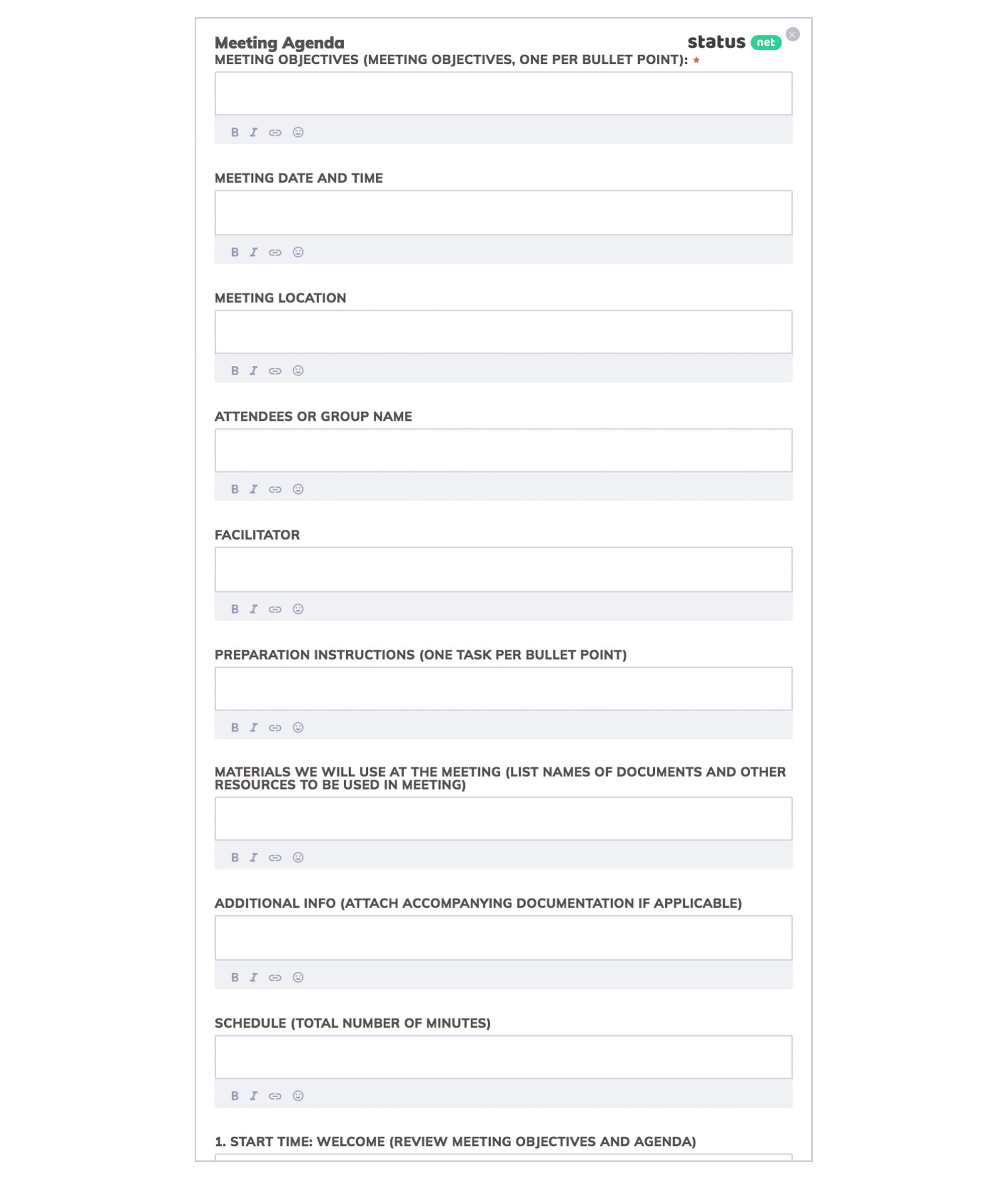
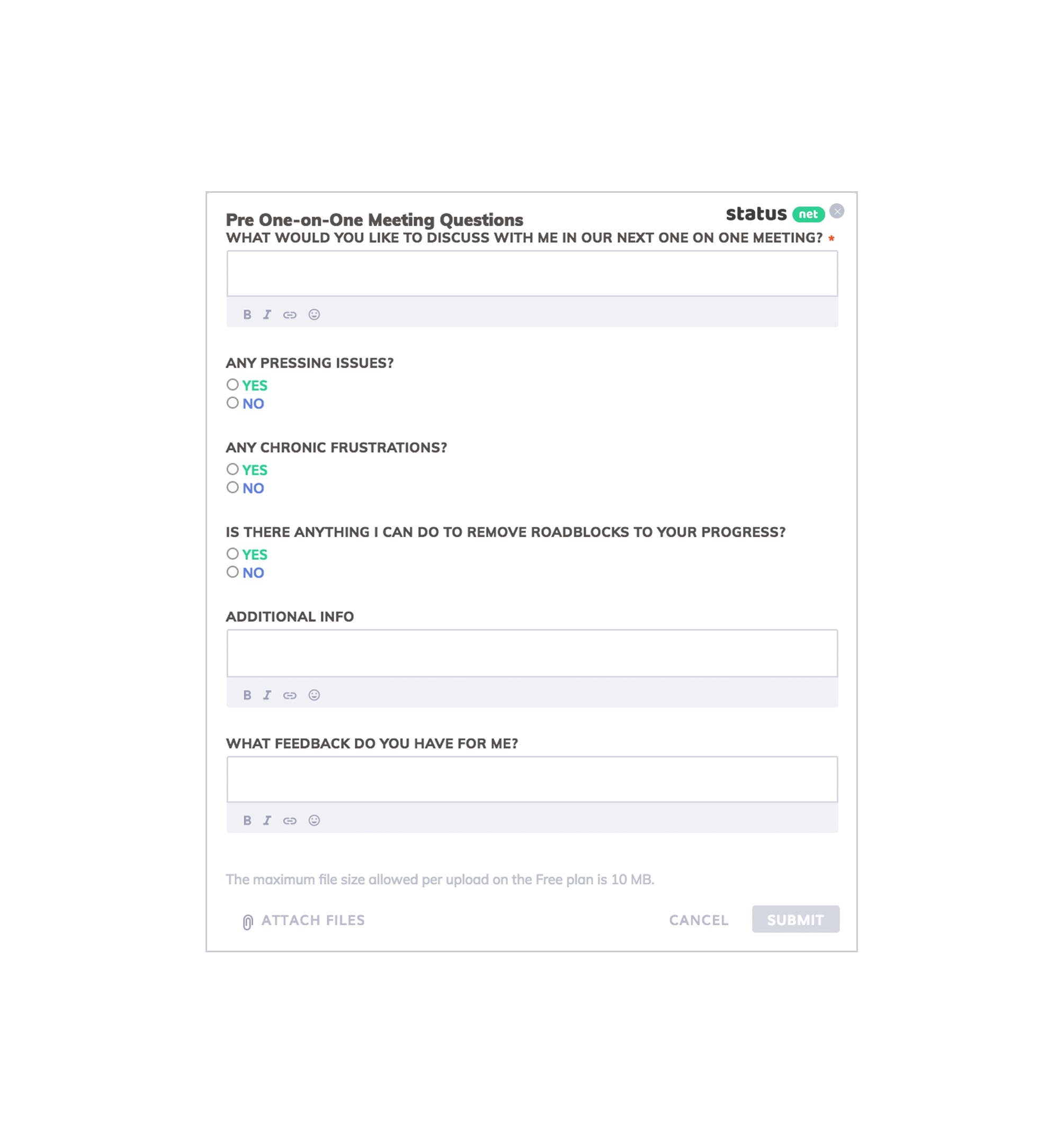
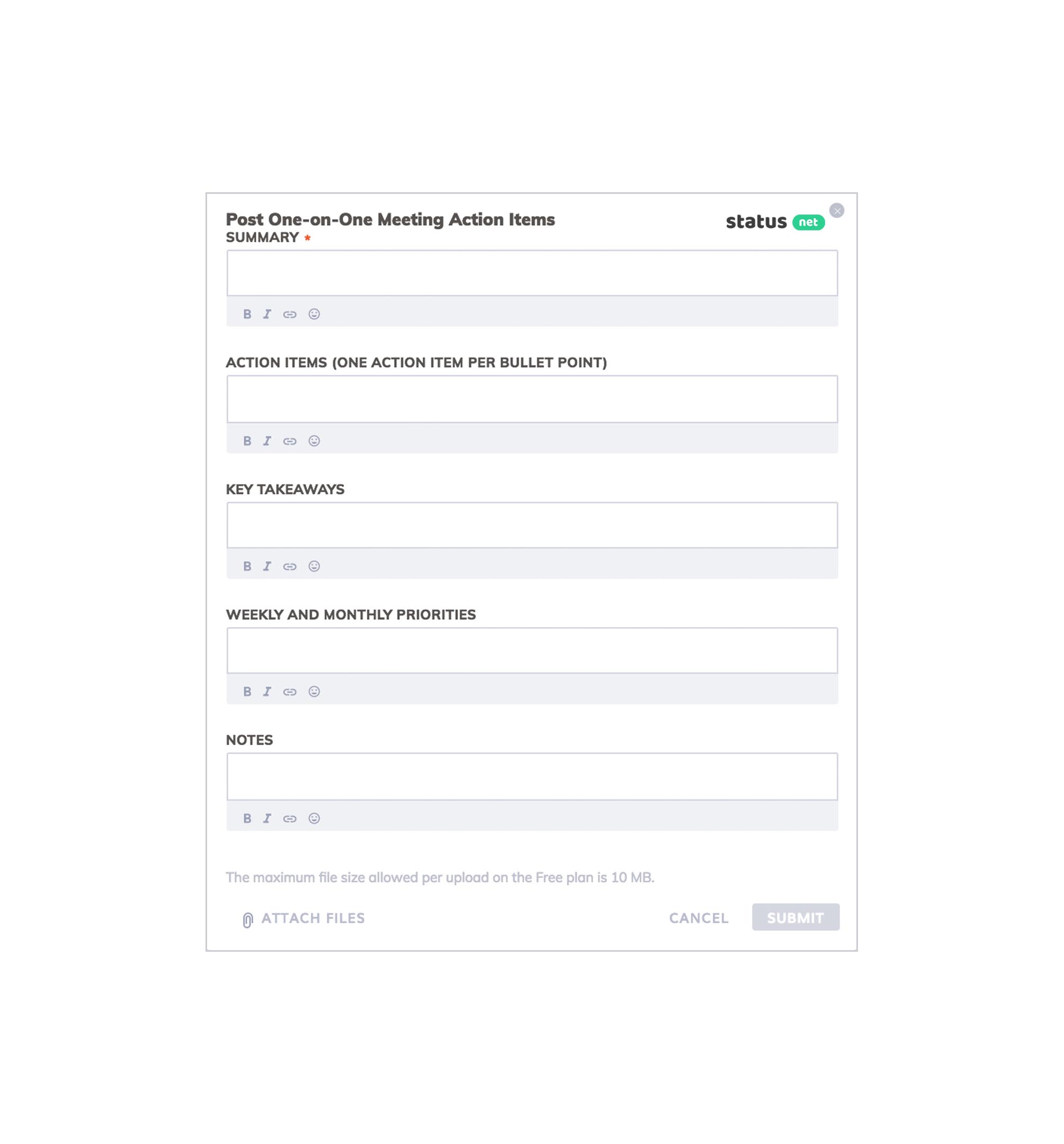
Part 3
